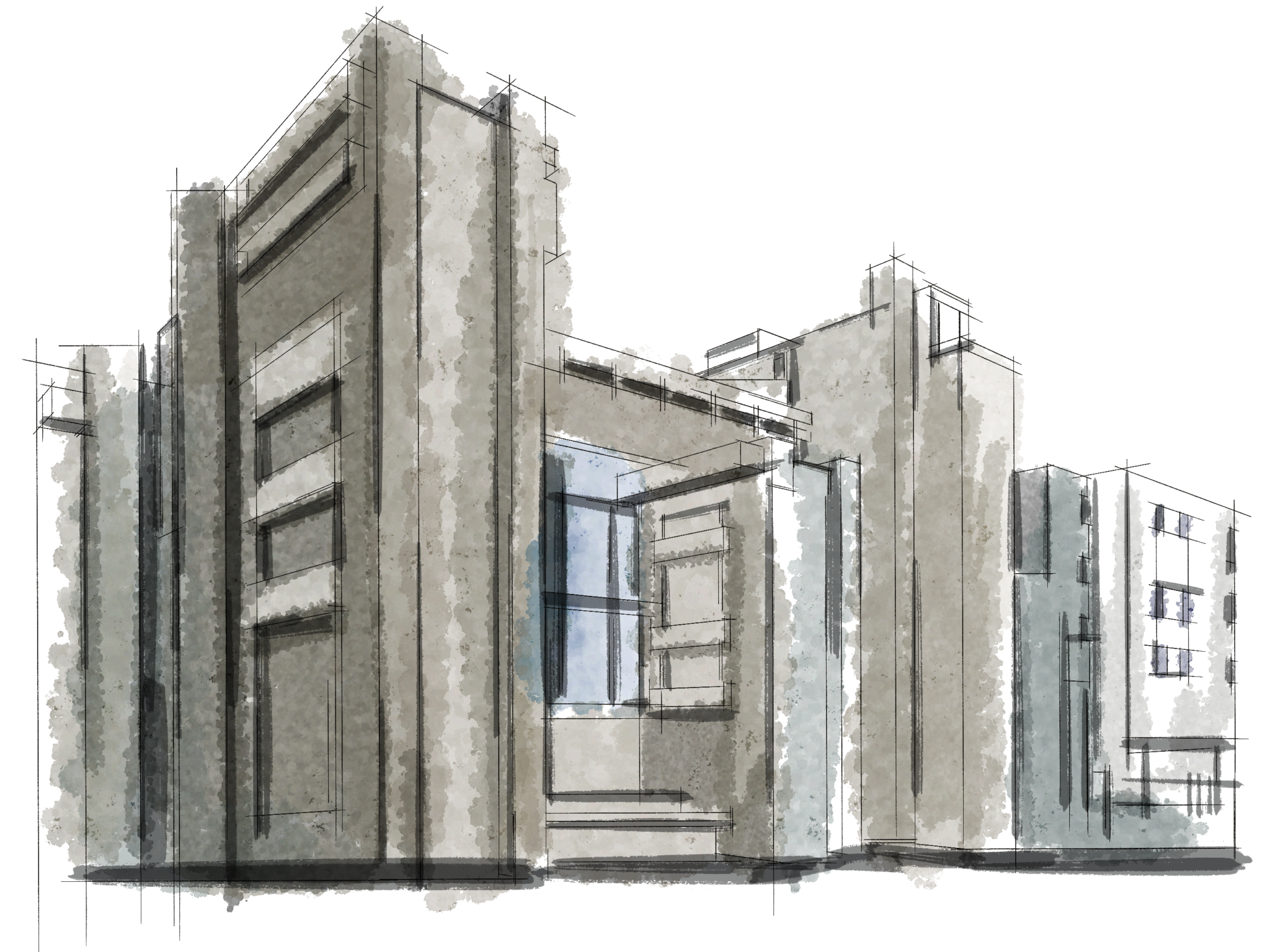Yale Center for Ecosystems and Architecture launches forum
In collaboration with the United Nations Environment Programme, the Yale Center for Ecosystems and Architecture launches a forum for discussing integrated urban architecture.

In collaboration with the United Nations Environment Programme, the Yale Center for Ecosystems and Architecture has launched “Beyond Urban Architecture,” a forum for encouraging discussions on urban agriculture and its potential impacts on sustainable food production and the environment.
The forum hosts panel discussions and presentations by practitioners and academics who research and develop urban agriculture techniques in order to explore the benefits of urban architecture and green infrastructure. In the series, there have been two panel discussions featuring leading experts, along with an exhibition of a living green wall system called the “Active Modular Phytoremediation System” — which demonstrates how plants and food can be grown and included in aesthetic indoor urban architectural designs.
“As architects, we have been intersecting and collaborating for decades with both research and development teams and building projects that are seeking to integrate green infrastructure for various reasons: aesthetic, to remediate urban heat islands or improve bio retention, the energy consumption of cooling or air quality,” Anna Dyson, the founding director of CEA and professor of architecture at the School of Architecture, wrote in an email to the News. “We felt that the vast range of benefits from urban green infrastructure could also be considered alongside the emergence of urban food growing.”
According to Dyson, architects over the past millennia have focused on developing buildings and cities which exclude “non-human living systems,” including plants, or constrict the integration of them. As a result, there is still little awareness on how to design structures that accommodate and serve “biodiversity living ecosystems.”
Dyson emphasized that more scientific research is needed to fully understand the relationship between these ecosystems and possible infrastructures.
“So much more research and testing is required to understand the interrelationship and impacts of incorporating large scale vegetation into the controlled spaces of buildings and urban environments,” Dyson wrote. “On the other hand, we know that urban populations are being greatly deprived on many levels from a lack of access to natural systems. A very important aspect of this research is to understand the impact of growing green infrastructure on the health and well being of both humans and extended living systems.”
Christina Ciardullo — a second-year doctoral student at the School of Architecture and licensed architect working with with Dyson — recognized the benefits of hosting a forum online. Ciardullo helped design and mount the website and installation of “Beyond Urban Architecture” for the U.N. Food Systems Summit.
“The [online] format has allowed us to talk to people all over the world at any time now,” said Ciardullo, who practiced architecture for nearly ten years.
Ciardullo added that being able to collaborate with UNEP on the project helped increase engagement on the forum. The partnership affirms the importance of the research and its impact, Ciardullo added.
“UNEP has provided us with invaluable opportunities to connect with collaborators in other parts of the world, to share data and knowledge among very disparate fields and groups,” Dyson wrote.
Yale students can attend events hosted by the forum and interact with its features — which include “Let’s get growing,” a page where users can receive suggestions for plants to grow based on where they live. This gives users an opportunity to explore their interests in these fields and to see how different disciplines may intersect with one another.
“This program seems like such an amazing opportunity to understand the intersection between urban spaces and the environment,” Angela Perez ’24, a WKND editor at the News and an undergraduate student majoring in architecture, wrote in a statement to the News. “I think people consider agriculture or environmental justice an entirely different field than architecture, when in reality, successful environmental and urban policy should bridge the two to about the best possible outcome.”
Dyson hopes this forum will facilitate student interactions with architectural research and developments.
“We hope this forum will enable more cross disciplinary exchange and discussion from across the spectrum of different groups working on green infrastructure, in order that synergistic benefits and challenges can be recognized and contribute further towards understanding the potentially compounded value of these systems for society,” Dyson added.
“Beyond Urban Architecture” was launched at the 2021 U.N. Food Systems Summit on Sept. 23.







